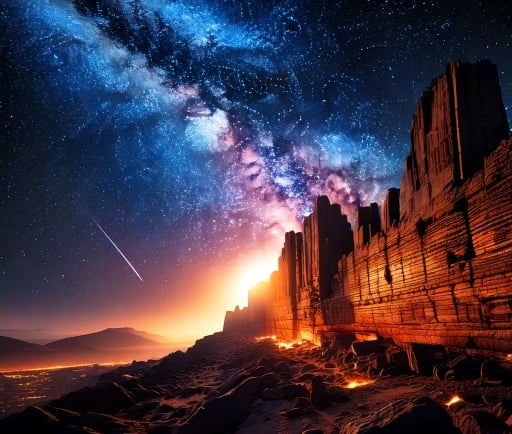The Sloan Great Wall: A Cosmic Structure


Introduction to the Sloan Great Wall
The Sloan Great Wall is an extraordinary cosmic structure that represents one of the largest known formations of galaxies in the universe. This awe-inspiring wall is made up of a vast array of galaxies, extending across an immense span in the celestial realm. Its formation and characteristics provide valuable insights into the evolution of the universe and the distribution of matter throughout space.
The Significance of the Sloan Great Wall
Discovered through extensive surveys of the sky, the Sloan Great Wall serves as a testament to the vastness and complexity of the cosmos. This monumental structure is not just a random assemblage of galaxies; it is intricately woven into the framework of cosmic architecture. The wall consists of more than 60 galaxies, forming a filamentary structure that echoes the patterns we observe in other large-scale cosmic formations.
Formation and Structure of the Sloan Great Wall
The Sloan Great Wall was formed from the gravitational pull of dark matter, which influences the clustering of galaxies. As the universe expands, these galaxies collide and merge over millions of years, solidifying their place within this cosmic wall. Through detailed observational technologies, astronomers can map the Sloan Great Wall and analyze its structure to understand more about cosmic evolution, galactic dynamics, and the overall understanding of dark energy's role in the universe.
What sets the Sloan Great Wall apart from other cosmic structures is its sheer scale. Measuring approximately 1.37 billion light-years across, it is a remarkable example of how galaxies tend to group together, forming enormous walls, sheets, and clusters that shape the cosmic landscape. This wall, along with other large-scale structures, challenges our understanding of the isotropy and homogeneity of the universe, prompting questions about the forces acting on galaxies at such colossal scales.
In conclusion, the Sloan Great Wall is not merely a collection of distant galaxies; it is a significant cosmic entity that enriches our comprehension of the universe’s architecture. Its formation, properties, and implications in the realm of astrophysics reveal profound truths about the cosmos. As research continues, the mysteries surrounding such cosmic giants only deepen, inviting both scientific exploration and philosophical reflection on our place within the universe.
